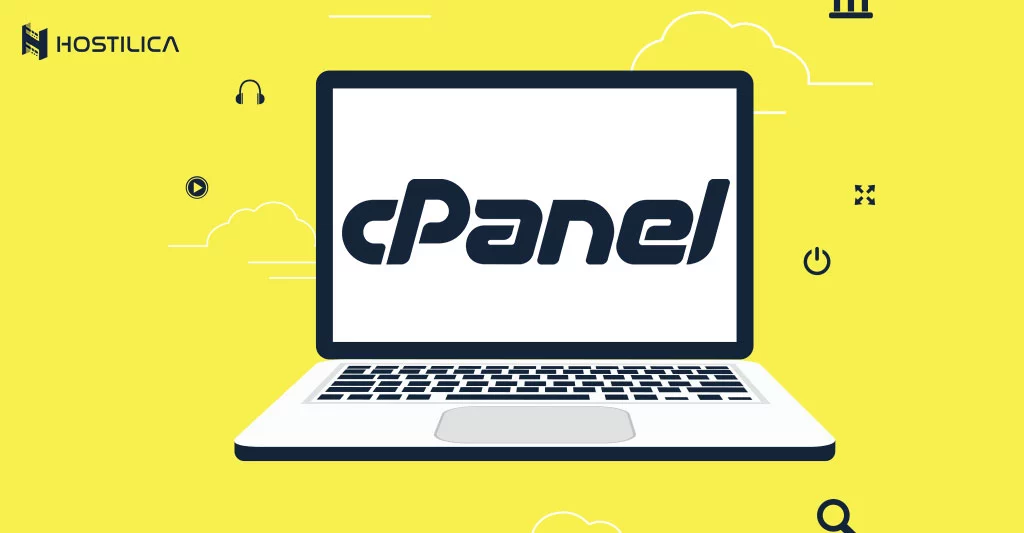A long time ago, when the Internet started booming, we realized that IPv4 isn’t going to be enough to cover everyone to access the Internet. That’s why IPv6 was created in order to satisfy the deficiency of IP addresses caused by the limitations of IPv4.
What is IP in the first place?
IP is short for internet protocol which is the main set of rules that governs the exchange or transmission of data between devices on separate networks. IP-based authentication is a means of verifying a network’s integrity by authenticating the source and destination of an IP packet. The IP address identifies each computer on the internet protocol address block. A network administrator can mark a specific IP address as trusted or “hide” from users and/or servers to prevent unauthorized access. Similarly, a network can be “masked” in order to allow users to send data to servers behind a firewall but remain anonymous (and thus, maintain privacy) while still allowing all other data transmitted over the internet protocol to be returned by the sender.
IPv6 the latest version
IPv6 which is short for Internet Protocol version 6 refers to the newest version of the IP communications protocol, the packet data transport layer that offers a more reliable and secure structure for communication over the Internet and a location and identification system for devices on private networks. IPv6 has significant improvements over the previous IPv4 and incorporates several important security enhancements. These improvements included the use of an IP-based authentication mechanism for servers and applications, improvements in the transfer of malformed or incorrect IP packets, and improvements in bandwidth utilization.
The first significant improvement in IPv6 is that IPv6 uses 128 bit addressing against IPv4 32 bit addressing, to put that into perspective IPv4 allows for about 4.29 billion addresses. In contrast, IPv6 allows for about 340 trillion trillion trillion addresses which allow for every person on earth to have billions of addresses for every device they own.
Another major improvement to IPv6 is that there is no longer a need to use a port number for outgoing packets. The address that you use for a computer on the internet protocol layer can be anywhere from zero to sixteen. A packet lost within this range will be subject to an IP-wide lookup. While this might not seem like much, if there are many computers on a subnet or even a single network, each of which uses a different port, an IP packet can be returned to a sender using any one of the sixteen IP addresses, and the search will be completed for all of them.
So why isn’t it used everywhere?
As we mentioned briefly in the IPv4 deficiency article, IPv6 isn’t widespread yet and that’s because of compatibility. The problem with IPv6 is that it isn’t backward compatible with IPv4, so for example accessing a website that uses IPV6 from an IPv4 addressed device just wouldn’t work. Also moving to purely IPv6 equipment or dual stack equipment that can operate with both protocols is so expensive for ISPs and doesn’t give many benefits to the average customer, so ISPs are in no hurry to do the change.




